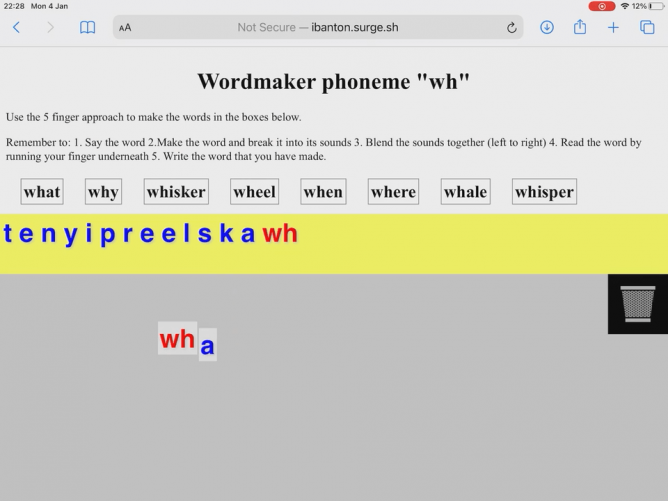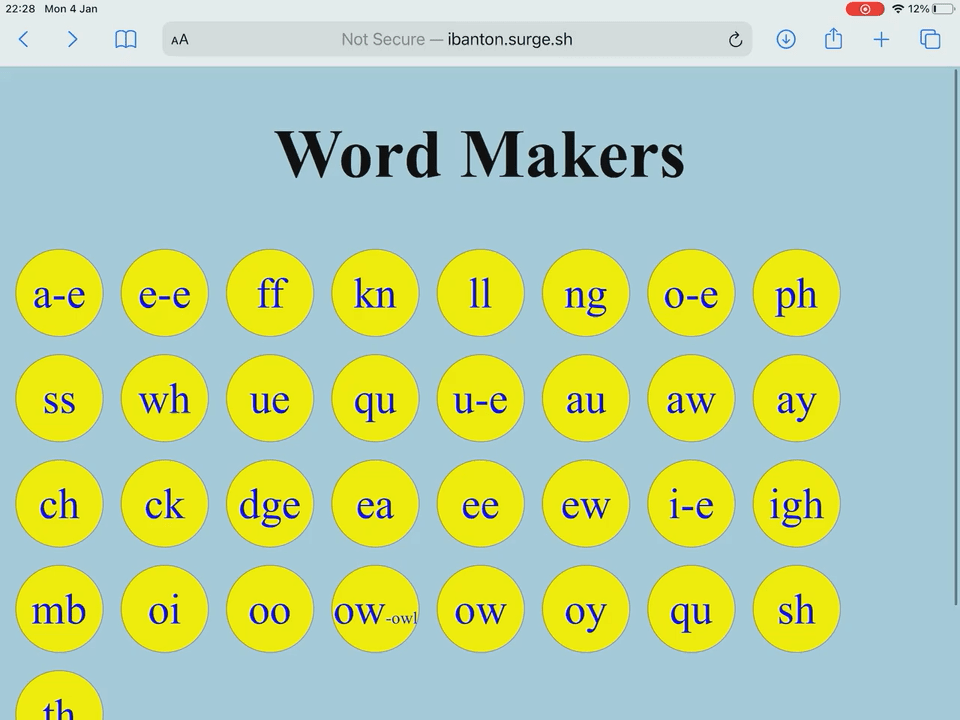From tomorrow I’ll be back in the digital classroom. I can’t say I’m very happy about it. For all my love of technology I much prefer the real classroom.
I’ve been reviewing my previous lockdown experience, I continue to find reading my old blog posts useful. Also interesting to see what happened in the first week of term last session.
Last time I felt I spent very little time learning new stuff or seeing what other people were doing. As I recall my head was down. I believed that I cut out social media pretty much. I just had a look at my 2020 twitter stats:

And was surprised to see I was wrong about that.
It feel like there is a lot more pressure on this time round. I think, as teachers, we put enough pressure on ourselves, not sure the idea of teachers, schools and LAs having to produce data to justify themselves is a great idea. I gathered my own last time, and held myself to account blogged about it, that felt tough enough.
I certainly hope that whoever tries to hold us to account understands the situation, the amount of prep needed to teach online, whether preparing for a live lesson or creating asynchronous ones.




